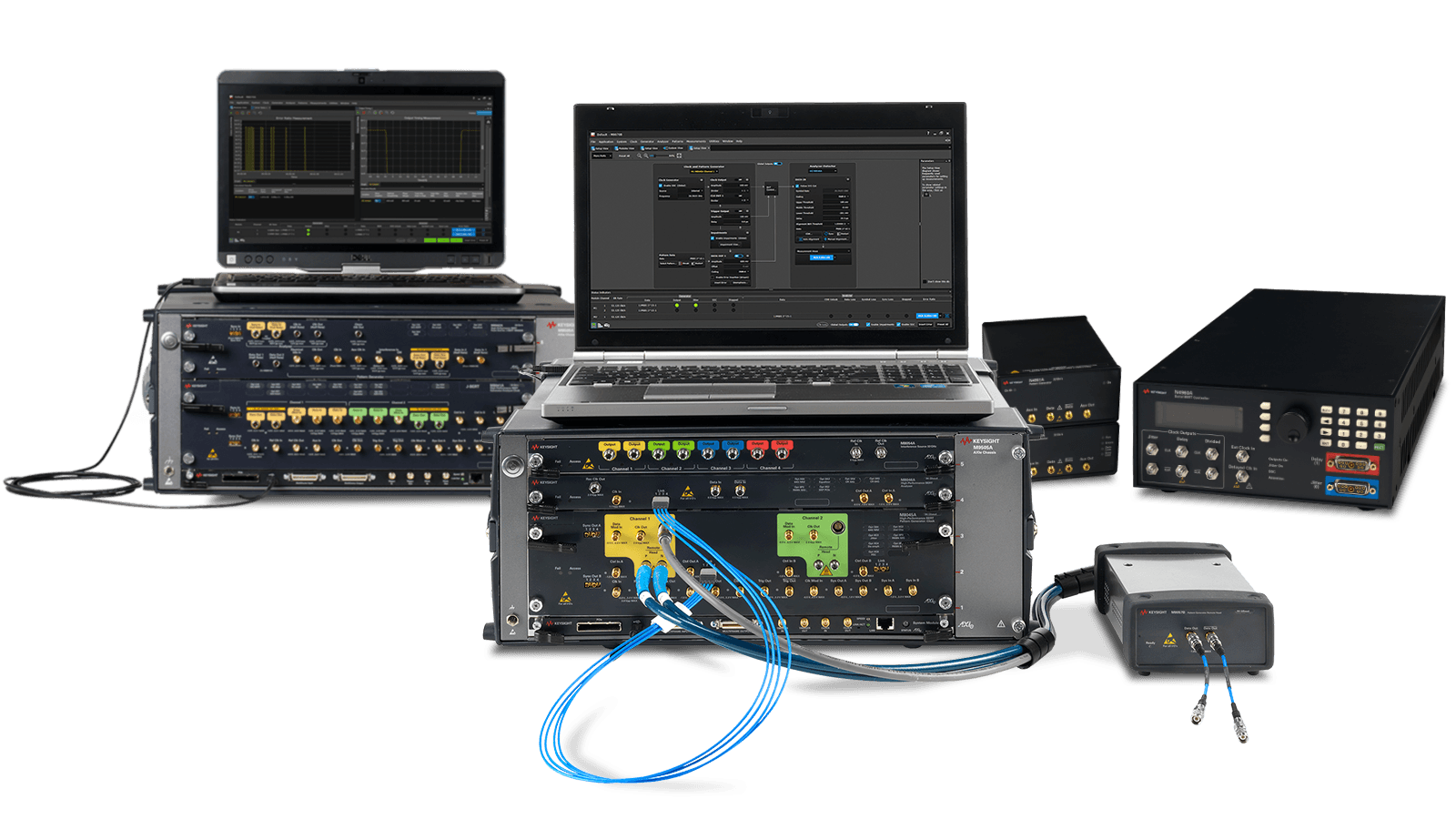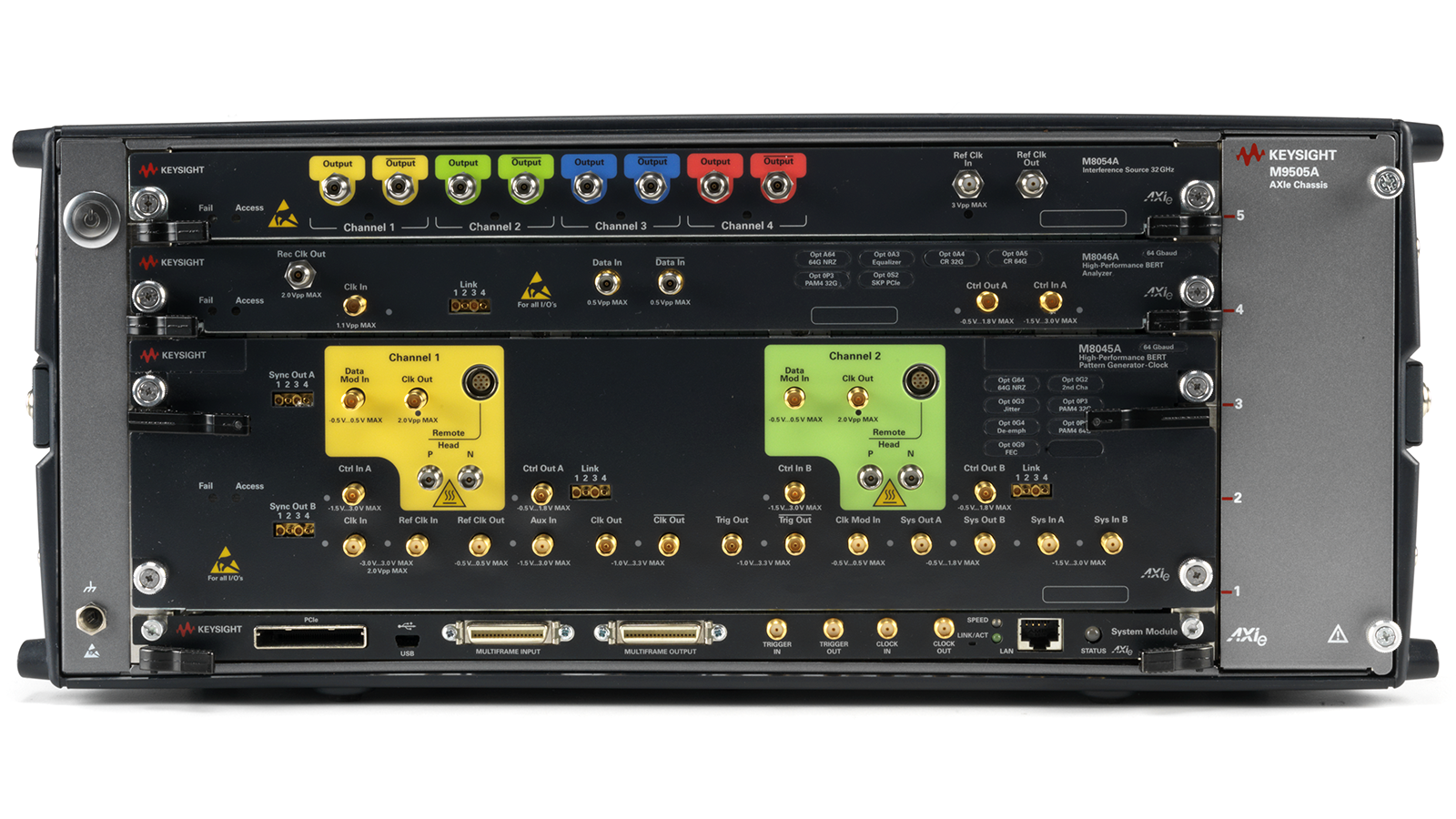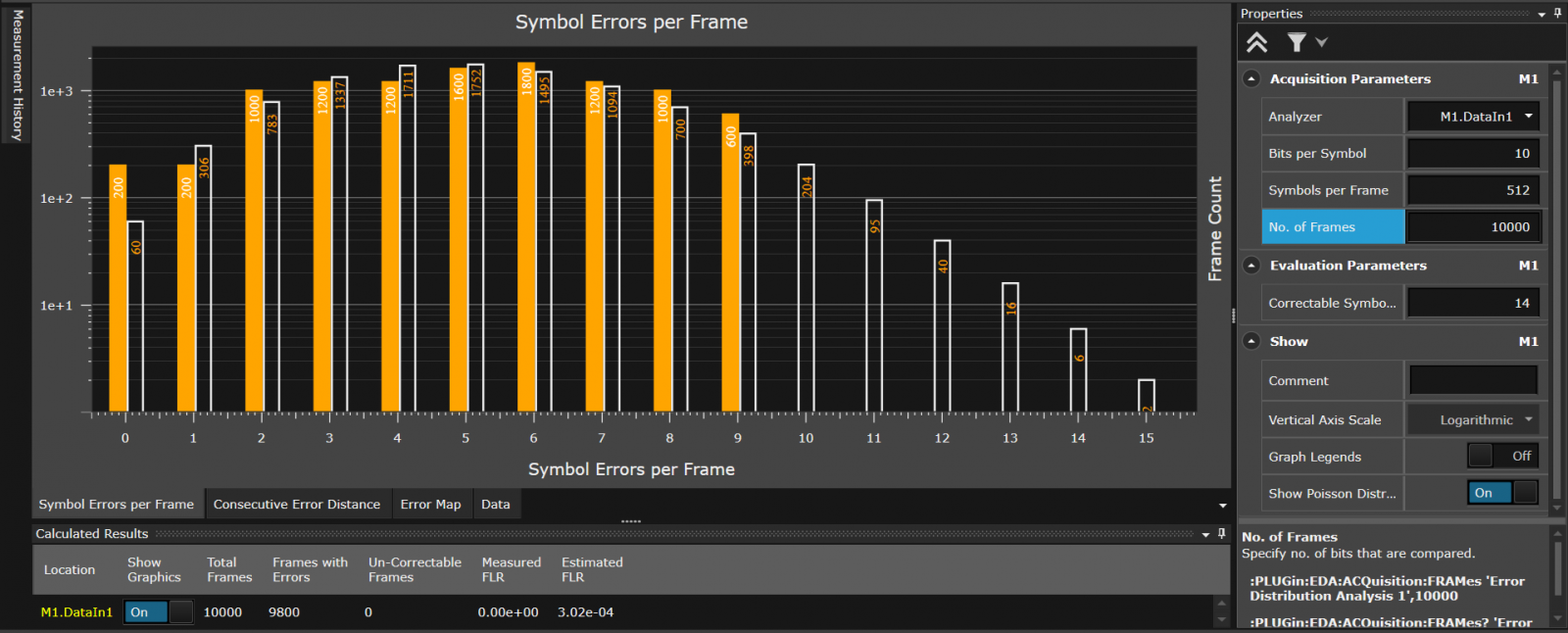What are you looking for?
Bit Error Ratio Testers
Master your next designs


Receiver Characterization And Compliance Testing
Keysight’s bit error ratio test (BERT) system enables the most accurate physical-layer design verification of high-speed communication and multi-gigabit digital interfaces. Our expert-level support will help you select the high-performance hardware, control software, receiver test, and automation tools needed to help you master your design.
Whether you are working on data center or computing interface technologies, Keysight BERTs offer the most comprehensive choices, from affordable manufacturing test to high-performance characterization and compliance test.
The Keysight BERT supports symbol rates up to 64 Gbaud with both non-return-to-zero and pulse amplitude modulation 4 (PAM4) coding schemes. It also supports digital interfaces such as PCI Express®, USB, MIPI, Thunderbolt, DisplayPort, SATA / SAS, electrical and optical Ethernet 10G / 100G / 400G, OIF-CEI, Fibre Channel, and PON.
Find The Series That's Right For You
Extend Your Capabilities With The Right Tools
Technology is constantly changing. So too are the requirements engineers face. Get more functionality out of your existing hardware today by complementing it with the right accessories to improve productivity and the right Keysight PathWave design and test automation software to accelerate your product development.
Related Use Cases
Featured Resources
Frequently Asked Questions - Bit Error Ratio Testers (BERT)
The basic concept behind the bit error ratio test (BERT) is straightforward. A BERT compares the errors received in the data stream through the communications channel, with the originally sent data stream. The resulting bit error ratio (BER) indicates the number of errors introduced by the transmission channel. BER is the number of bit errors divided by the total number of bits sent. Bit error testing validates the performance of communications data links.
A bit error ratio tester, or BERT, compares the ratio of the bit errors received to the total number of bits in the transmitted data stream. Bit errors arise from noise, distortion, failed bit synchronizations, and other transmission anomalies.
The bit error ratio is the ratio of the number of bit errors received to the number of total bits sent. A BERT compares the transmitted sequence of bits to the received bits and counts the number of errors. Therefore, BERT stands for bit error ratio test but is more commonly referred to as bit error rate test.
Want help or have questions?






.png)

















